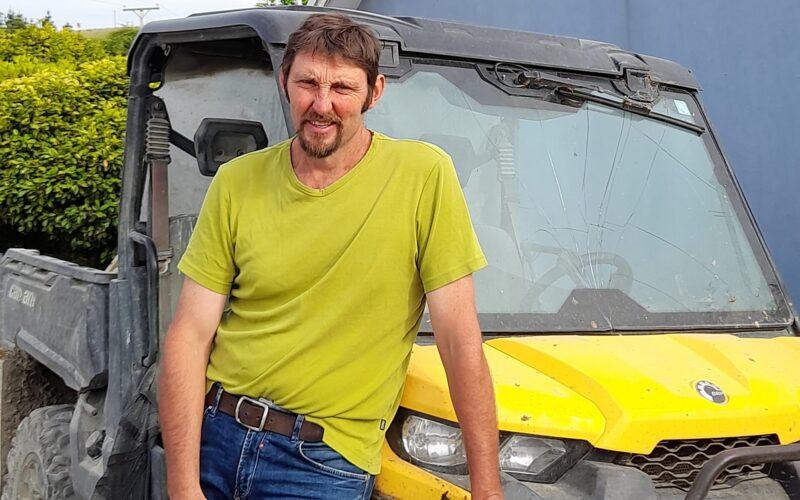Simon Davies is moonlighting as a fencing contractor to raise funds to pay for fertiliser for his South Otago farm.
The Toko Mouth sheep and beef farmer believes the sheep industry has a future but said it will be vastly different to what it is today and require diverse income streams.
“Relying on sheep on their own leaves you too vulnerable to the ups and downs of the market,” Davies said.
He knows of other sheep farming couples who are working off farm to keep their farming businesses afloat.
Costs have been cut and Davies is looking at alternative income streams such as more pine trees and growing cash crops on land he now uses to finish lambs.
Last year he grew hops as an experiment and is looking at adding on-farm accommodation.
Regional council regulations prevent agricultural intensification.
“I am looking for every dollar I can earn off every square metre of my land,” he said.
Another option to be explored is biodiversity credits, as up to 10% of his farm is in native vegetation and protecting it could be a source of income.
Such is the dire state of wool, Davies has introduced self-shedding sheep to reduce shearing costs – and there are added benefits as they do not require dipping or crutching.
Davies supports efforts by meat companies to increase returns by adding value but said the volume of sales has to increase significantly to provide meaningful returns to farmers.
“If we are talking about value-add, it has to be three or four times what it is now to see meaningful results back to suppliers.”
James Hurley is not dismissing the economic challenges facing the sheep sector when he says there is reason to be optimistic.
”If you think about where we’ve come from, how far we’ve come and how we have done so much especially with meat going into niche markets, we need to get alongside those companies.
“Surely those markets will come out of the worldwide recession first.”
He also sees flickers of life in wool but concedes end uses that take bulk volume are still some way off.
James and Sarah Hurley run a breeding and finishing business centred on Siberia Station between Hunterville and Taihape which, combined with leased and subsidiary owned blocks, covers 5000 hectares.
Alternative land use options are limited given the steep terrain, but he has little interest in forestry and doubts carbon farming has a long-term future.
He is weathering the current downturn in sheep by aligning with innovative breeders and talking to people he trusts and who know his business, other farmers, ram breeders, stock agents, his accountant and family.
“We talk about what they are doing, look at options and decisions they are making because it builds confidence in the decisions we are making.”
Aligning with innovative breeders gives commercial farmers access to genetics providing greater worm tolerance, less dags and better meat quality.
“They are doing this breeding work for us,” said Hurley.
“There is this stuff out there, we have just got to go and look for it and choose which track to go down.”










